
To find range to your target, you could make use of technology and use a scope with integrated laser rangefinder like the Burris Eliminator
(bottom). Or, with some basic math, you can use a scope with a graduated mil-dot or MOA reticle like the Burris XTR
(top).
Sometimes it’s good to know how to do things the “old-school” way without all the electronic gadgets and gizmos. For shooting at anything past 200 yards, and even less with some calibers, it’s pretty important to know how far away that thing is. The very nanosecond a bullet leaves the fiery end of your rifle, gravity takes over, and it begins to fall. The farther it goes, the more it falls. Just to illustrate how dramatic the bullet drop can be, let’s look at the most common rifle cartridge scenario. A 55-grain bullet, fired from an AR rifle with a 50-yard zero will drop over 99 inches by the time it travels 600 yards. That’s over eight feet! The better information you have about your target distance, the more likely you’ll hit it.
Fortunately, you can figure out how far away an object is using nothing more than your scope, provided its reticle has markings in either mil dots (so named because the “distance” between the centers of two adjacent dots is one milliradian) or minutes of angle. Using these marks to determine distance is not different than estimating using your thumb. Let me explain what I mean…
Sitting here at my desk, I can look out my window and see my neighbor’s porch. If I hold my thumb up at arm’s length, it covers an eight-foot section of their front porch rail. Right now, I have two pieces of “known” information: the width of my thumb and the width of a normal front porch rail segment. Those first two pieces of data don’t change, so if I acquire one more bit of info, I can use these three pieces of information to determine the distance to any eight-foot porch rail segment using my thumb. Fortunately, I have a Burris Eliminator III scope with built-in laser range finding sitting here on my desk. I now know that my neighbor’s porch is 73 yards from my desk. This is the missing 3rd piece of information.

This Burris G2B is a classic example of a mil-dot reticle, so named because the “distance” between the centers of two adjacent dots is one milliradian.
Since most of the porch rail segments on my street are eight feet, probably because that’s a standard length of 2×4 lumber, I can now estimate the range of various porches using only my thumb. If I hold my thumb up and compare it to another neighbor’s porch rail, all I have to do is estimate how much of my thumb the rail covers. For example, if I look at a porch rail, and it covers exactly half of my thumb, then I know that porch is 146 yards away, or double the distance of the known one. If looks like 1/4 of a thumb width, then that porch is 292 yards away, or four times the distance of the reference porch. Hey, we just did some basic algebra using only 2x4s and thumbs!
The process of estimating using the marks on your scope reticle is basically the same. Let’s illustrate this concept using a type of scope reticle that was designed for easy ranging of targets – the classic mil-dot. Here, we’ll use the Burris Mil-Dot reticle. It’s available on a bunch of Burris optics and is pretty standard as far as mil-dot reticles go. The idea is similar to the thumb example. A mil-dot is literally just that – a dot on the scope reticle. Each dot is separated by an exact distance referred to as one “mil” or milliradian. OK, technically a mil is not a distance measurement, but rather an angular one. That angle specifies an exact distance down range. To be really precise, if you measure the distance between the center of one dot and the center of the next one, that’s exactly one mil. One mil translates to exactly one yard at 1,000 yards down range. Just like our thumb and porch example, if I look through a scope with a mil-dot reticle and a one-yard wide or tall object covers exactly the distance between the centers of two adjacent dots, then that object must, by definition, be exactly 1,000 yards away.
Read the rest at GunsAmerica.

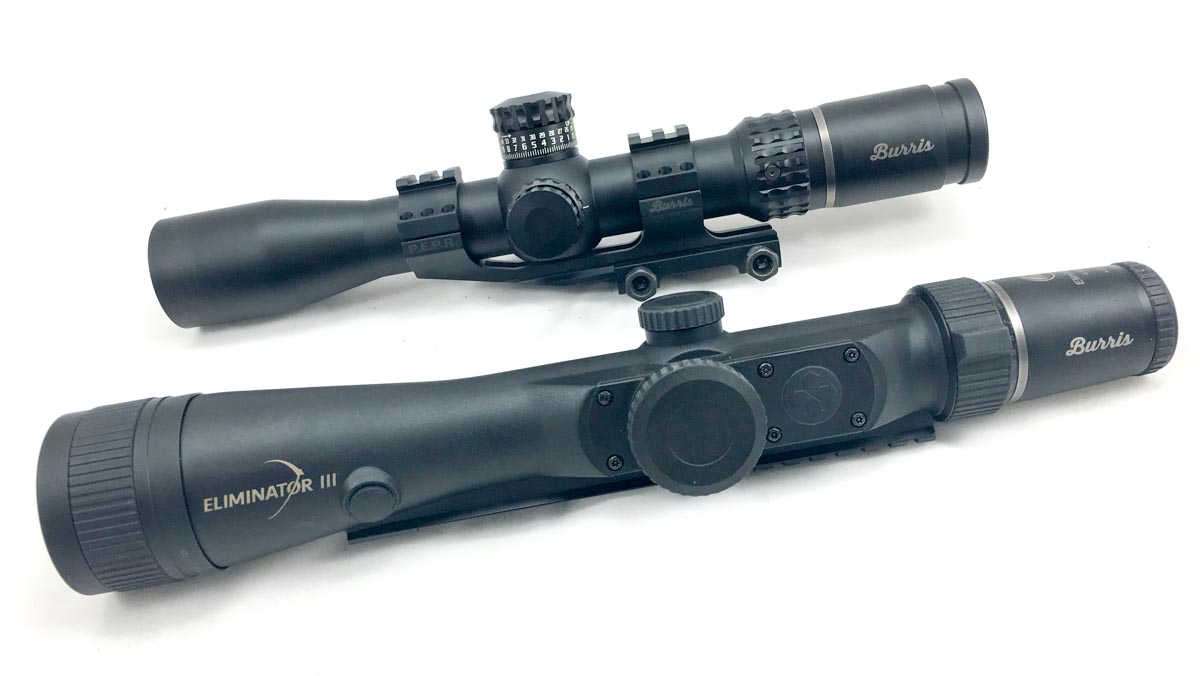
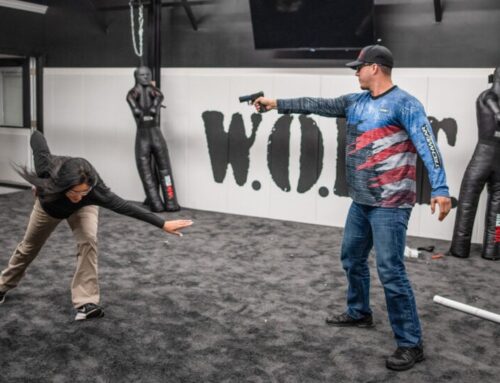
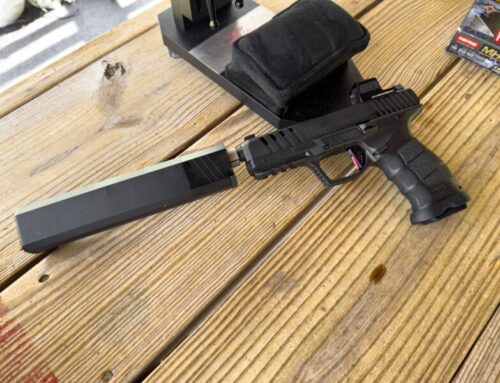
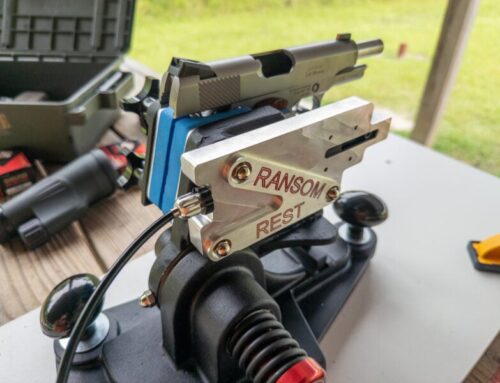
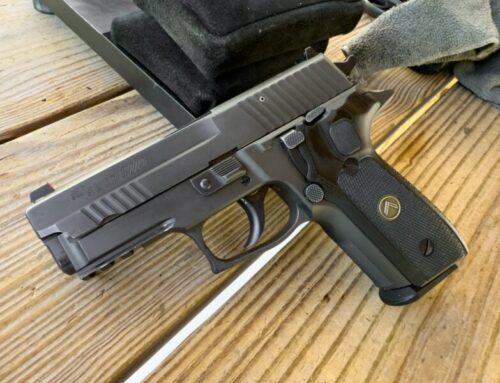
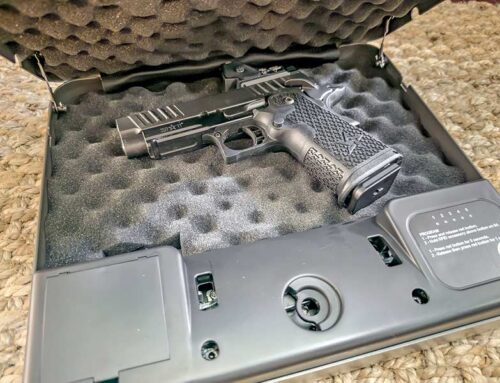
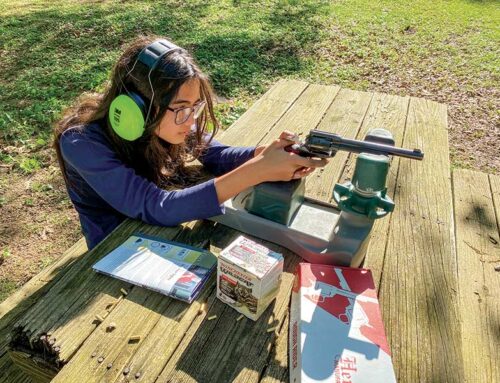
Leave A Comment